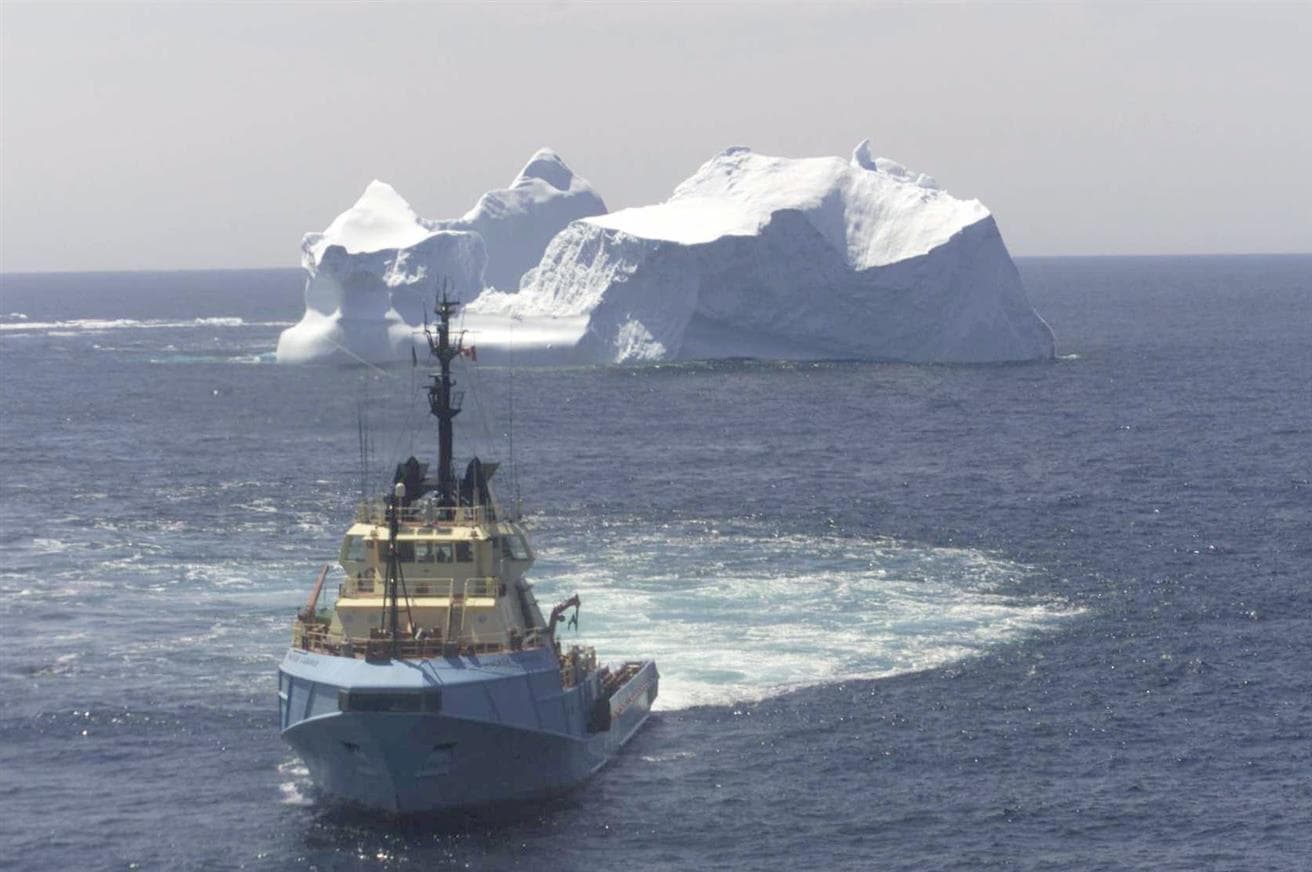But it’s all in a day’s work for Kris Barrett, a senior naval architectural engineer in St. John’s, Nfld., who helps the ice management team keep our Terra Nova floating, production, storage and offloading (FPSO) vessel out of harm’s way.
Though majestic, icebergs and pack ice are a seasonal threat for people working on the Grand Banks of Newfoundland and can cause serious damage to our infrastructure.
“My job is to use data and risk-ranking to understand which icebergs could pose a threat to our assets,” Kris says. “By reviewing ice reports and morning ‘ice flight’ information to see if there are any ‘bergs near the working area, I provide engineering input to help simplify the ice management team’s decisions.”
Kris and the team help the offshore installation manager decide which bergs are potentially dangerous by analyzing size, shape and drift speed and direction, and by constantly monitoring weather conditions.
“They can attempt to move or redirect the iceberg, disconnect from the platform’s moorings, or allow the iceberg or pack ice to contact the facility, as long as it’s within the sustainable load limit of the vessel’s hull,” says Kris.
The FPSO vessel’s reinforced hull can withstand the impacts of “smaller” icebergs weighing about 100,000 tonnes. Generally, this size of iceberg can reach the facility without grounding in the 95-metre water depth - a natural barrier that keeps large icebergs from reaching the site.
“Using an anchor supply vessel, they can tow the iceberg in another direction or deflect it with a rope or net, or they can blast it out of the way with water cannons or with thrust from underwater propellers,” says Kris.
“Sometimes you forget these things weigh thousands of tonnes!



